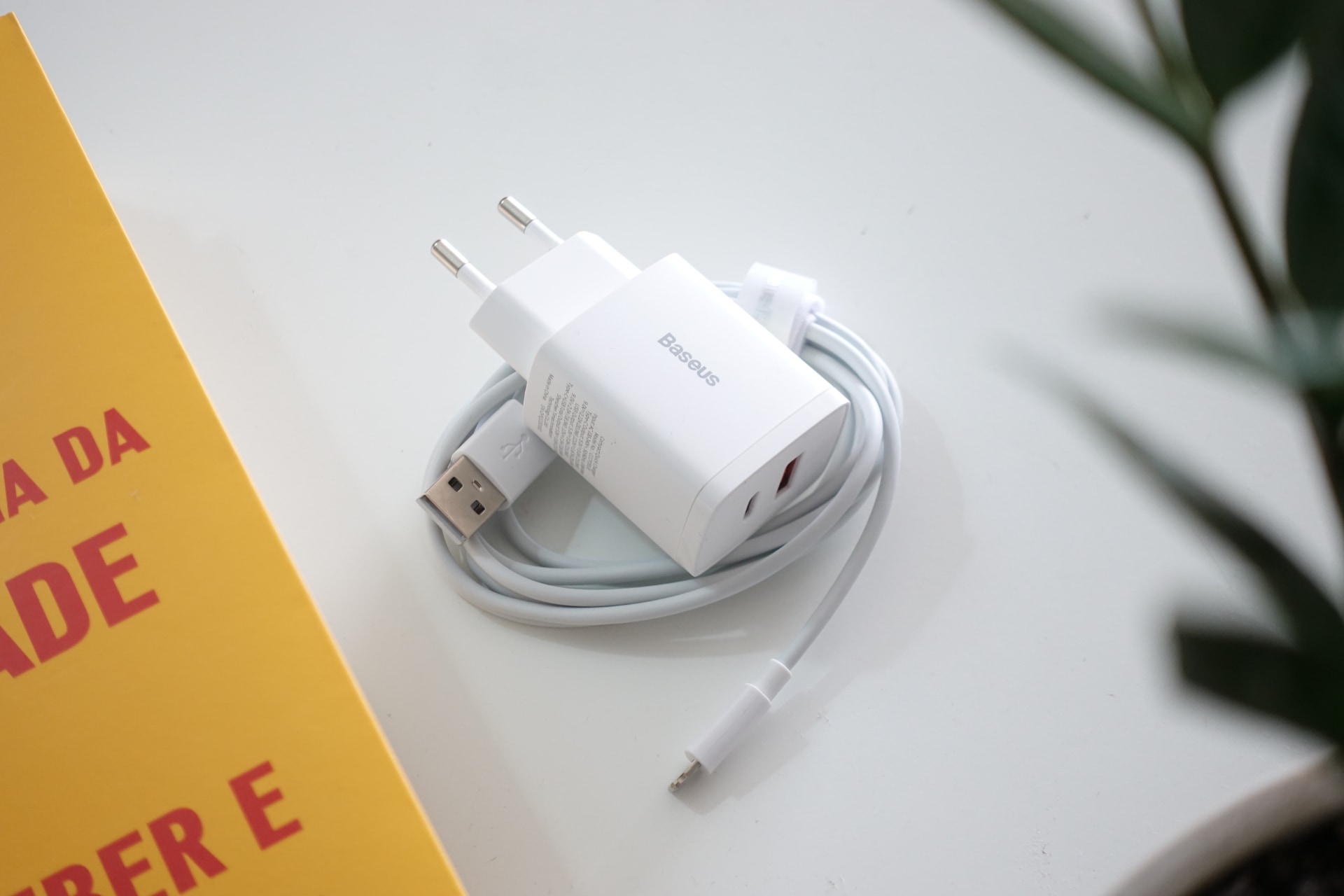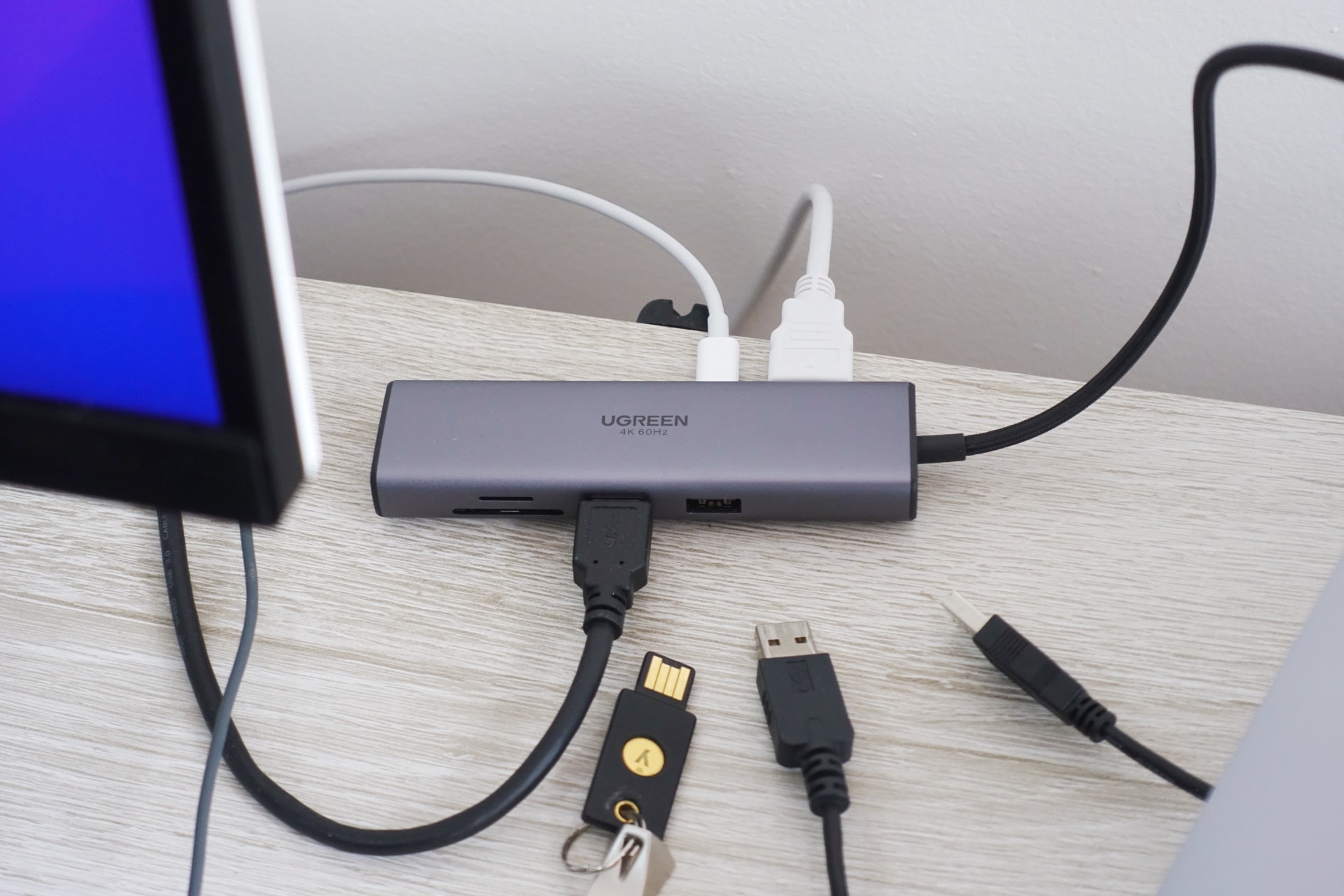3/9/2022
The cost of “progress” for Apple's phones and laptops is paid (by you) in accessories
People say that “early adopters”, those consumers willing to be the first to buy or try a new product, only get screwed. By submitting themselves to things not yet tested by more people, they are exposed to the risk of design errors, failures in the manufacturing process, high costs etc.
Such cases are so frequent in the industry that waiting is considered good practice. Instead of buying at launch, wait. In the worst case scenario, you can avoid walking around with a phone-shaped bomb in your pocket, as happened to the early adopters of Samsung’s Galaxy Note 7 in 2016.
Some changes, however, reach all adopters, early or late, those who wait for the trendiest product to become obsolete. Take my case: seven years after Apple retired the diversity of ports on its laptops, replacing them with just one type — the USB-C/Thunderbolt —, I felt the impact of this “evolution” on my skin, or rather, in my pocket.
An evolution, I must say, that has already been reversed in the company’s most expensive line of laptops. The 2021 MacBook Pro brought back the MagSafe connector, the HDMI port, and the SD card slot. On its cheaper models, we still have to make deal with a few USB-C/Thunderbolt ports and countless adapters.
I’m not saying that USB-C/Thunderbold is bad. It is actually quite handy to plug and unplug just one cable on my desk when switching between “laptop” and “workstation” modes. To the USB-C hub I connect keyboard, mouse, and monitor — sometimes my headphones, a pen drive, a Yubikey, and a SD card, none of them having a USB-C plug. Before, there were at least three cables that I had to plug and unplug all the time; now it’s just one.
But these things doesn’t need to be mutually exclusive. Apple could, for instance, keep a USB-A port next to the USB-C ones, which would save me from having to carry an adapter for when, in “laptop mode,” I need to use a flash drive or my Yubikey
(Note, by the way, that even the 2021 MacBook Pro full of ports doesn’t have a USB-A, a format sentenced to death by Apple, but still widely used.)

With phones, the drama was similar. Under the pretext of “saving the environment,” as if there was nothing better to be done in this regard, in 2020 Apple removed the wall charger from the boxes of the iPhone.
In the company’s official store, that 5W charger that used to be “free” is sold for USD 19. Interestingly, the 20W USB-C model comes out at the same price.
I opted for an alternative, from a brand called Baseus, which comes with a Lightning cable, at a lower price than Apple’s solo charger.
Alongside a few others brands, such as Ugreen and Anker, these Chinese companies have been filling the gaps created by Apple and followed, in parts, by other manufacturers — it’s starting to get hard to find chargers inside Android phone boxes.
The cost-effectiveness of alternative brand accessories is great not because they are the cheapest (they are not), but because they are cheaper than the official ones and often better.

Apple’s “multi-port adapter” costs USD 69 at its official store and expands a USB-C to a trio of ports — USB-C, HDMI and USB-A. For 1/3 of this price I bought a USB-C hub from Ugreen without USB-C, but with two USB-A ports, HDMI, RJ-45, and SD and microSD card readers.
In any case, I would rather not to have to deal with it. It’s not an unreasonable wish. The laptop I bought in 2015 and the phone of 2017 were “self-contained,” they both came with all the ports and essential accessories out of the boxes.
Too often companies sell ideas of “progress” that are actually setbacks, but with such good marketing that they pass as such. For these two cases, the laptop without ports/connections and the phone without charger in the box, there is no explanation, fanciful or otherwise, that is at least convincing.
Discuss @ Hacker News.